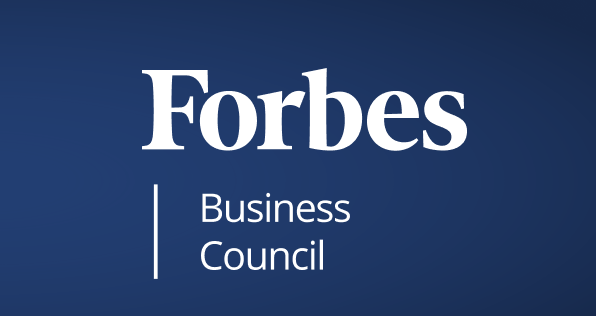Featured on MarTech Advisors:
Rethinking Agency Performance: Use the value index to show ROI.
— Read the published MarTech Advisor’s article —
It’s time to start rethinking how we measure agency performance and evaluate the health of those critical partnerships. Imagine the possibilities from a more effective use of agency talent: improved performance and substantial ROI gains. Just as with technological tools in use across marketing programs, brand advertisers want to revisit and understand the value of their agency partnership investments. Agency management expert and best-selling author, Bruno Gralpois, challenges marketers to evaluate their relationships by assigning a value based on effectiveness, engagement and efficiency of various criteria.
Let’s face it: brand advertisers are far savvier than they used to be. But this is largely due to a heavy dependency on technology and software for programmatic functions and capturing analytics to help inform their decisions. Many advertisers are also using software to quantitatively measure the effectiveness of their agency partnerships.
As with any technology tool, you would never “set it and forget it” with an agency. Adopting new technology requires full discovery of its capabilities and configuration to meet your specific needs. The same goes for your agency partnerships; you would never bring on a new advertising, marketing or social media firm and let them run free with your campaigns. To get the most bang for your buck, you would constantly evaluate the health of the relationships by conducting regular qualitative performance reviews, evaluate agency fee estimates or project costs with cost benchmarks.
Also Read: ROI: How CMOs Measure the Success of Client-Agency Relationships
No matter how large or small the investment in an agency partner, it’s imperative that marketers evaluate their agency partners with the same rigor they use when evaluating their technology platforms. For example, when assessing the performance of a new technology, you’d also ask yourself if it was meeting the goals set out by the business and doing so at a cost that matches with your expectations.
Agencies are rarely equal in their ability to meet specific goals, perform at a competitive cost, and deliver work seamlessly. Yet, when all three of these criteria — effectiveness, engagement, efficiency — are met by a given roster agency, it’s the perfect recipe for value and client success. As you are taking stock of your agency’s performance, consider assigning a value by defining the combination of these three components.

Defining value once and for all:
All marketers aspire to produce effective work at a reasonable cost and do so in a way that is seamless and collaborative. They rely on their agency partners to take on much of that work. When they succeed and drive performance, they create immediate, real, tangible value for their organization. Let’s take a closer look at each criterion and what it means to rank high:
- Effectiveness (work): Defined as the work that performs well and meets, or ideally exceeds, the quantitative business or marketing objectives set by the client, e.g., reaching specific revenue or market share targets for a given brand. Ranking “high” here means that the agency is consistently performing and helping the client achieve its objectives.
- Engagement (relationship): Defined as the work that is quality, on brand, and executed within a reasonable amount of time, effort, and collaboration. Ranking “high” here means that the agency is engaging productively, delivering work in a highly collaborative and seamless manner.
- Efficiency (costs): Defined as the work that is priced competitively, compared to what has been paid to that agency in the past, or based on what has been paid to similar caliber agencies. Ranking “high” here means that the agency consistently prices their services in a competitive way and the costs are deemed to be more than reasonable.
Focusing exclusively on effectiveness would fail to take into consideration whether an agency can do this work for sensible fees or without creating tension in the relationship. Focusing exclusively on efficiency would fail to take into consideration whether an agency can perform and meet the stated objectives. Focusing exclusively on the engagement and the health of the relationship would fail to take into consideration whether the agency can get the job done at a reasonable cost.
When assigning a high or low value to these criteria, you must take into consideration different potential outcomes. As illustrated below, various combinations of scenarios can each lead to a different outcome and recommended next steps for advertisers to consider.

Also Read: 5 Performance Marketing Basics in an Omni-Channel World
For example, an agency indexing high on all three dimensions should be awarded more work over time. Why wouldn’t you consolidate your marketing spend with an agency partner that consistently performs, engages seamlessly and productively with your team, and does it at a competitive cost? That’s a no brainer. However, an agency indexing poorly on all three dimensions should lead to a performance plan or immediate termination. Anything in between exposes various opportunities for both the advertiser and the agency to work on, and as a result, improve the value received or provided.
Evaluating the success of the marketing technology that brands and their agencies use is just as crucial as evaluating the overall success of the program – including the dynamics of your agency partnerships. Brand advertisers should implement a value index as they profile their agencies and the technologies they use and look to extract as much value from their relationships as possible.
By Bruno Gralpois, Co-Founder & Principal | April 3, 2019






